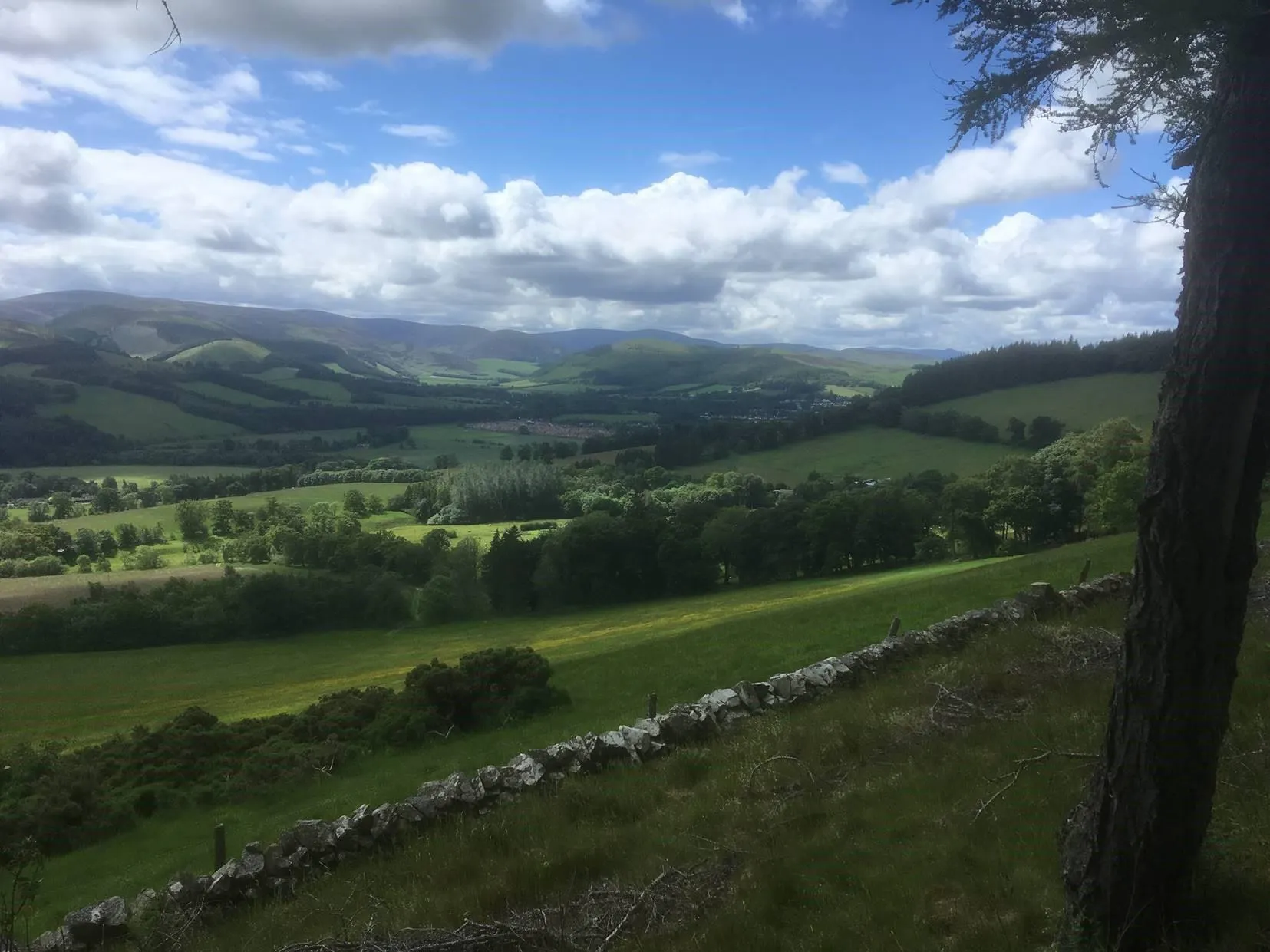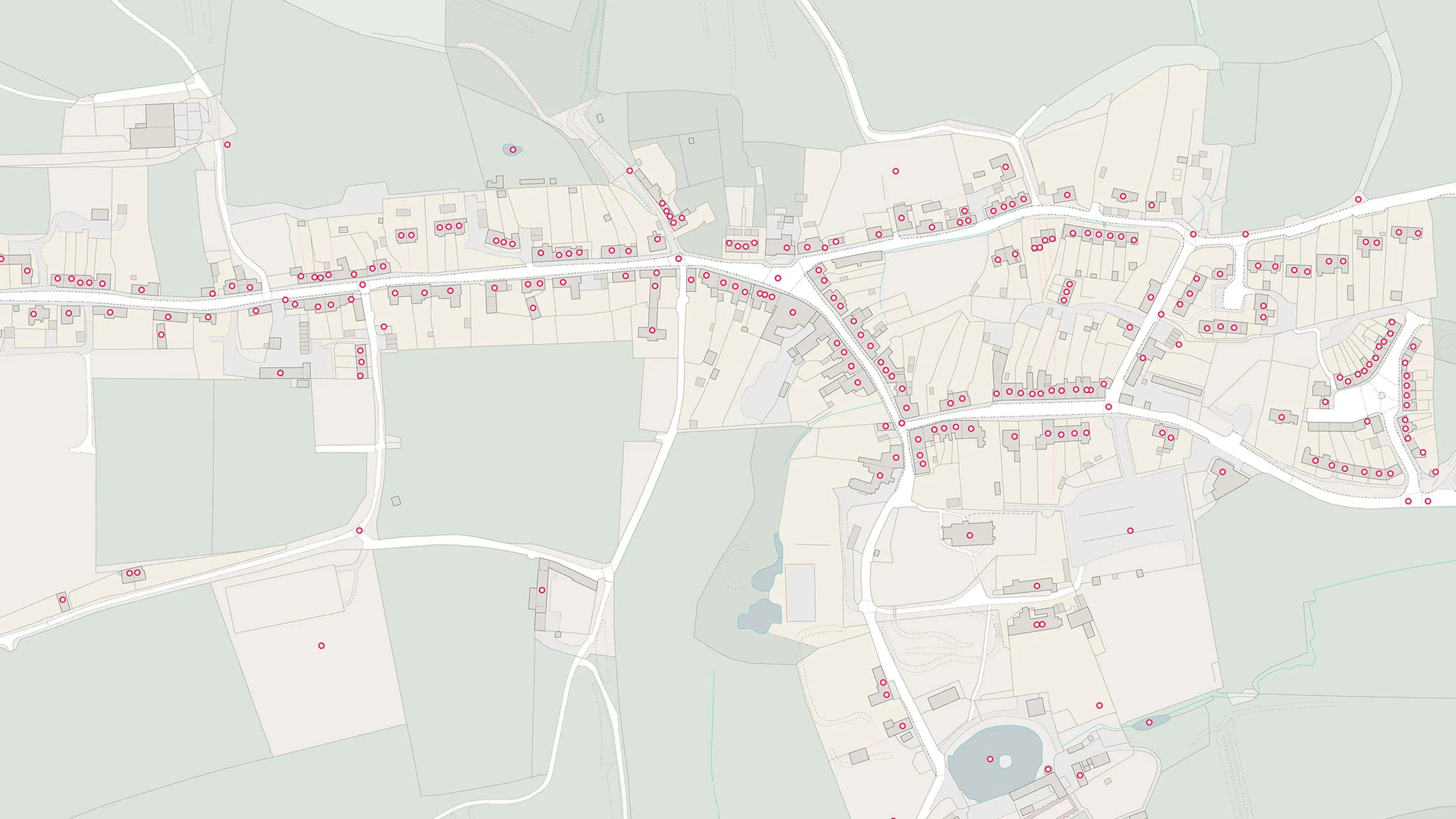On County Series maps, field parcel numbers are usually three numbers (pre-war). These are based on areas within each separate parish within a county. It is possible for the three-figure number to repeat itself in each parish, as these are numbered consecutively within the county.
Four-figure field numbers are derived from our National Grid reference system. The adjoining sheet edge(s) are checked to ensure that the numbers remained consistent with the National Grid.
Although there’s a historical reference to field parcel numbers OS don’t publish these on our general maps anymore. However, they can be a reference used in land registry enquiries and required by farmers, rural land owners, or managers.




